United Kingdom: New Collection Of Gold And Silver Proof Coins Marks The 80th Anniversary Of D-day Landings.
The Royal Mint have launched the first release of military themed coins focusing on the upcoming 80th anniversary of the end of the Second World War.
On D-Day, 6 June 1944, more than 132,000 ground troops and 18,000 paratroopers successfully stormed five assault beaches along the Normandy coastline in France. By gaining a foothold on mainland Europe, the Allies were able to open a second front against Germany that helped turn the tide of the Second World War.
In one of the most carefully prepared operations of the war, all forces consisting of air, ground and naval soldiers underwent intensive training to eliminate potential communication or logistic issues. By May 1944, troops, aircraft, ships, vehicles, supplies and equipment had secretly amassed in southeast England, bound for the northern coast of France. Prefabricated harbours known as Mulberries were built for unloading cargo and underwater pipelines code-named Pluto, were put into place to convey fuel and oil across the English Channel. The only deterrent might be the weather which was crucial for any degree of success.
Military planners relied on information from meteorologists and other specialists, who advised that D-Day should fall somewhere between the 5th and 7th of June 1944. D-Day was ultimately set for the 5th June, but Supreme Commander General Dwight D Eisenhower knew that the weather could be critical in determining whether the invasion went off as planned. In the days leading up to D-Day, weather conditions worsened and on the 4th of June General Eisenhower postponed the invasion by 24 hours. The decision to postpone was a difficult one and if the weather did not improve, D-Day would have to be delayed for another two weeks. But on the 5th June, there was a temporary break in the weather and Eisenhower ordered that the invasion proceed the next day.
The landings at Normandy were accomplished by two beachheads made by the American forces at Omaha and Utah, two by British forces, Sword and Gold, and a final one at Juno made by the 3rd Canadian Infantry Division. The actions of this invasion by the three allied forces are regarded by many historians as literally – the beginning of the end for the Axis forces. The army of the Third Reich had been completely caught off guard and was in disarray and within eleven months, the war in Europe would be concluded. Berlin had been invaded by Soviet forces, the command structure of the Third Reich had irretrievably disintegrated, news came through that Hitler had committed suicide in his underground bunker and finally Germany surrendered unconditionally on the 6th May 1945.

The reverse side of the coin is designed by David Lawrence and with support from the Imperial War Museum, depicts Allied soldiers disembarking a landing craft onto the beaches of Normandy with offensive aircraft in the sky above. The inscription D-DAY 6 JUNE 1944 is shown along the rim above the primary design and the additional inscription UTAH OMAHA GOLD JUNO SWORD the code names given to the five assault beaches that formed at of part of ‘Operation Overlord’ are shown along the lower rim. The obverse depicts an effigy of HM King Charles III, designed by acclaimed sculptor Martin Jennings. The year of release 2024 and the denomination 50 PENCE to 200 POUNDS is part of the legend surrounding the King’s likeness.
As part of the launch of this D-Day anniversary coin, the Royal Mint commissioned the recreation of the ‘D-Day 80’ coin reverse side design on the sands of ‘Gold’ beach, scaling at 35 metres or 114 feet in diameter and which took 5 hours 30 minutes to complete.
| Denomination | Metal | Weight | Diameter | Quality | Maximum Mintage |
| 50 Pence | Cupro-nickel | 8 g. | 27.3 mm. | BU | Unlimited |
| 50 Pence | .925 Silver | 8 g. | 27.3 mm. | Proof | 6,610 |
| 50 Pence | .925 Silver | 16 g. | 27.3 mm. | Proof | 1,954 |
| 50 Pence | .9167 Gold | 15.5 g. | 27.3 mm. | Proof | 470 |
| 50 Pence | 999.9 Gold | .08 g. | 8 mm. | Proof | 2,034 |
| 25 Pounds | 999.9 Gold | 7.8 g. | 22 mm. | Proof | 510 |
| 200 Pounds | 999.9 Gold | 62.4 g. | 40 mm. | Proof | 86 |
The 50 Pence BU Cupro-nickel coins are housed in a blister-pak type folder with informative text and illustrations. Both versions of the sterling silver 50 pence proof coins are encapsulated and presented in black leatherette matte cases accompanied with numbered certificates of authenticity. The 1/40th oz. gold coins are presented in a sealed coin-card format with specifications printed on the reverse side. The gold proof coins are encapsulated and presented in polished gloss wood cases accompanied with a certificate of authenticity. For additional information about this new collector series, please visit the online e-webshop of the Royal Mint.

Download the Greysheet app for access to pricing, news, events and your subscriptions.
Author: Michael Alexander


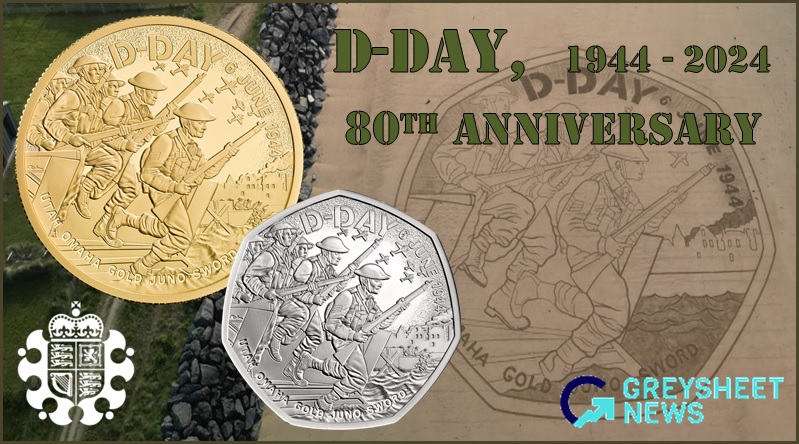
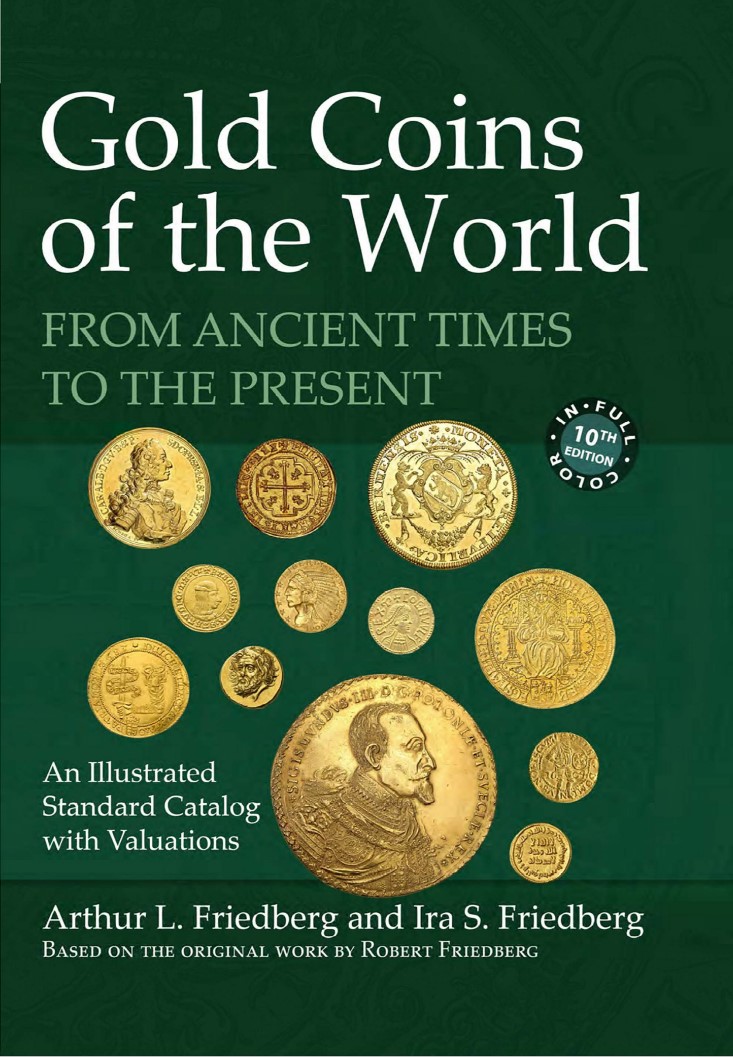






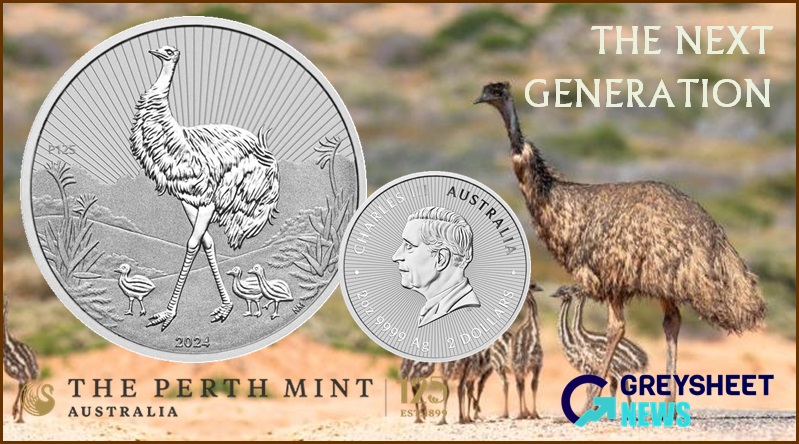
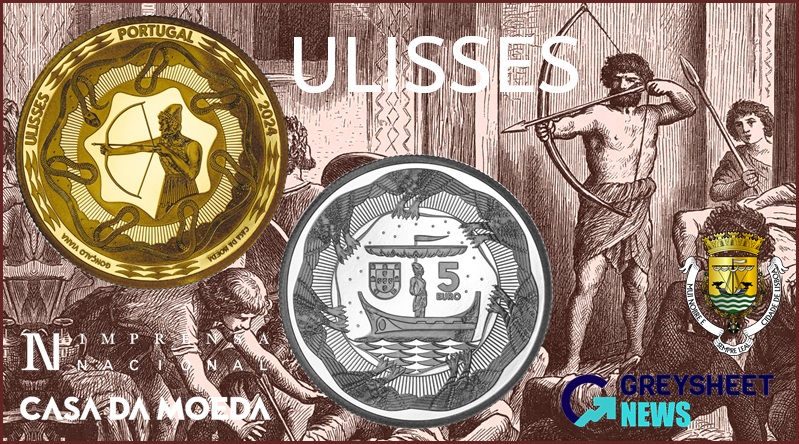
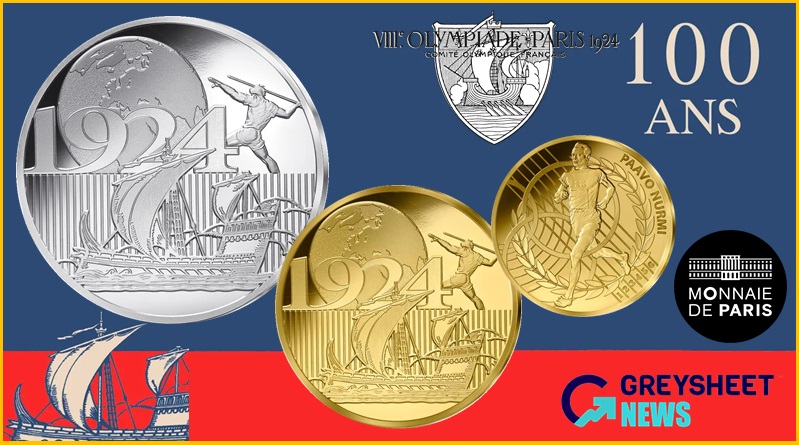
Please sign in or register to leave a comment.
Your identity will be restricted to first name/last initial, or a user ID you create.
Comment
Comments